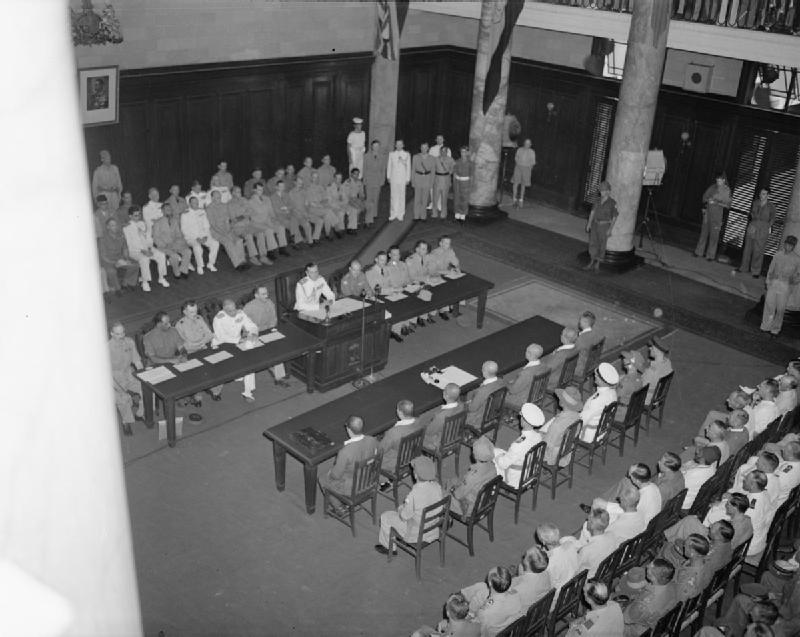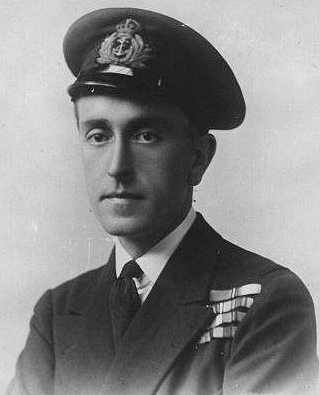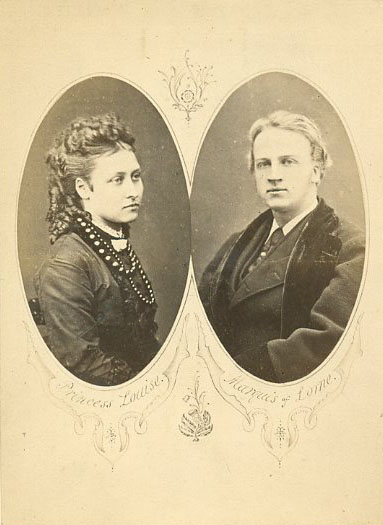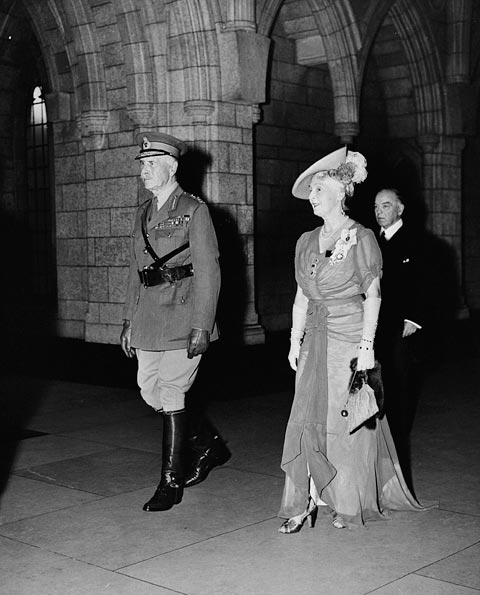by Susan Flantzer
© Unofficial Royalty 2018

William Lamb, 2nd Viscount Melbourne; Credit – Wikipedia
William Lamb, 2nd Viscount Melbourne served as Prime Minister of the United Kingdom July 16, 1834 – November 14, 1834 and 1835 – 1841. He was Queen Victoria’s first Prime Minister 1837 – 1841.
William Lamb, 2nd Viscount Melbourne, known as Lord Melbourne, was born March 15, 1779, in London, England. Legally he was the second son and the second child of Peniston Lamb, 1st Viscount Melbourne and his wife Elizabeth Milbanke, daughter of Sir Ralph Milbanke, 5th Baronet. Lady Melbourne had many affairs and it is believed that George Wyndham, 3rd Earl of Egremont was the father of William Lamb, 2nd Viscount Melbourne, his sister Emily and possibly his brother Frederick. The Prince of Wales, later King George IV, is thought to be the father of the other brother George. The 1st Viscount Melbourne had affairs of his own and was not greatly troubled by his wife’s affairs.
William had five siblings but only his eldest brother can decidedly be named as the child of Peniston Lamb, 1st Viscount Melbourne:
- The Honorable Peniston Lamb (1770 – 1805), unmarried, died from tuberculosis
- Frederick Lamb, 3rd Viscount Melbourne (1782 – 1853), married Alexandrina, Gräfin von Maltzan, no children, the family titles became extinct upon his death
- The Honorable George Lamb (1784 – 1834), married Caroline Rosalie Adelaide St. Jules, the illegitimate daughter of William Cavendish, 5th Duke of Devonshire and his mistress and eventual second wife Lady Elizabeth Foster, no children
- The Honorable Emily Lamb (1787–1869), married (1) Peter Clavering-Cowper, 5th Earl Cowper, had five children although one may have been fathered by her lover and second husband (2) Henry John Temple, 3rd Viscount Palmerston, Prime Minister 1859 – 1865, no legitimate children, Lady Emily Cowper may be Palmerston’s child
- The Honorable Harriet Lamb (1789-1803), died young from tuberculosis

Lord Melbourne’s “Eton Leaving Portrait” by John Hoppner, Lord Melbourne gave the portrait to Queen Victoria in 1841; Credit – www.royalcollection.org.uk
Melbourne was educated at Eton College and Trinity College, Cambridge. At Cambridge, Melbourne became acquainted with a group of romantic radicals including the poets Percy Bysshe Shelley and George Gordon Byron, 6th Baron Byron. After his studies at Cambridge, Melbourne went to Lincoln’s Inn in London to study law. From 1803 – 1804, Melbourne served as captain and then commander in the Hertfordshire Volunteer Infantry. Melbourne’s elder brother died of tuberculosis in 1805 so Melbourne became his father’s heir.

Lady Caroline Lamb by Eliza H. Trotter, oil on canvas, exhibited 1811, NPG 3312 © National Portrait Gallery, London
In June 1805, Melbourne married 19-year-old Lady Caroline Ponsonby, the only daughter of Frederick Ponsonby, 3rd Earl of Bessborough and Lady Henrietta Frances Spencer, daughter of John Spencer, 1st Earl Spencer. Caroline is known to history as Lady Caroline Lamb because her husband did not become Viscount Melbourne until after her death. Lady Caroline’s nephew Henry Ponsonby served as Queen Victoria’s Private Secretary 1870 – 1895.
Melbourne and Lady Caroline had two children:
- George Augustus Frederick Lamb (1807 – 1836)
- Premature daughter (born and died 1809)
Their son was called Augustus and was the godchild of The Prince of Wales, the future King George IV whose names were George Augustus Frederick. Unfortunately, Augustus was epileptic and probably autistic and needed constant care. Most aristocratic families sent their mentally disabled relatives to institutions but Augustus was cared for at home for his entire life. Caroline had suffered two miscarriages before giving birth to Augustus and had long periods of recovery after her two miscarriages and two births. That Caroline could not have any more children caused Melbourne great grief and contributed to a marriage that was becoming unstable.
In 1806, Melbourne was elected to the House of Commons. However, he did not first become a household name on his own accord. In 1812, Lady Caroline started a well-publicized affair with the poet George Gordon Byron, 6th Baron Byron, known as Lord Byron, that shocked the British public and became one of the legendary affairs of the nineteenth century. For four months, Caroline and Byron flaunted their affair publicly and shamelessly until Byron suddenly broke it off.

Brocket Hall, the family country estate, 1829; Credit – Wikipedia
Caroline fell apart mentally. At a ball, she slashed her arms with a broken glass and was then banished to the family’s country estate Brocket Hall near Hatfield in Hertfordshire, England. There she smashed furniture and other household objects and was often drunk or high on opium. In 1816, Lady Caroline wrote a novel Glenarvon which portrayed both her marriage and her affair with Byron in a graphic manner. This caused Melbourne great embarrassment and yet the couple remained married.
Finally, Melbourne’s mother, who had introduced the couple, had enough. She asked her husband to arrange a formal separation between their son and Lady Caroline in 1825. By that time, both Melbourne and Lady Caroline had numerous affairs. Lady Caroline remained at Brocket Hall but her mental instability became worse and was complicated by her use of alcohol and laudanum. By 1827, she was under the care of a full-time physician. Her body began to shut down and she retained fluids, a condition then known as dropsy but now known as edema. When Lady Caroline died on January 25, 1828, at the age of 42, Melbourne was at her bedside.
Melbourne’s political career had floundered due to his wife’s notoriety. In 1827, he accepted the position of Chief Secretary of Ireland in a Conservative (Tory) government even though he was a member of the Whig Party. When his father died 1828, Melbourne became the 2nd Viscount Melbourne and he moved from the House of Commons to the House of Lords. He had spent twenty-two years in the House of Commons and was not well known politically.
In 1830, the Whig Party came to power and Melbourne became Home Secretary under Prime Minister Charles Grey, 2nd Earl Grey. In July 1834, Lord Grey resigned as Prime Minister and King William IV was forced to appoint another Whig to replace him because the Conservatives were not strong enough to support a government. Melbourne was the one most likely to be acceptable to King William IV and to hold the Whig party together. He was hesitant at first but did not want to let his party down and accepted the offer to become Prime Minister.
King William IV was opposed to the reforming policies of the Whig Party and dismissed Melbourne in November 1834. He then gave the Conservatives under Sir Robert Peel an opportunity to form a government. However, the Conservatives failed to win a majority in the January 1835 general elections and the Whigs Party returned to power in April 1835 with Melbourne as Prime Minister.
Embed from Getty Images
Lord Melbourne instructing a young Queen Victoria
In 1836, Melbourne’s 29-year-old mentally disabled son Augustus died. Melbourne was greatly affected by his son’s death. It reminded him of the deceased wife he once loved, the family he really never had, and that he was alone. In June 1837, King William IV died and was succeeded by his 18-year-old niece Queen Victoria. Victoria never knew her father Prince Edward, Duke of Kent as he died when she was eight months old. Melbourne was her first Prime Minister. In Queen Victoria, Melbourne had the child, the companion, and the affection he craved. In Melbourne, Queen Victoria had the father figure she never had. Their close relationship was founded in Melbourne’s responsibility for tutoring the young queen in the world of politics and instructing her in her role but the relationship was much deeper. Queen Victoria came to regard Lord Melbourne as a mentor and personal friend and he was given a private apartment at Windsor Castle.
In 1839, Lord Melbourne announced his intention to resign as Prime Minister after a government bill passed by a very narrow margin of only five votes in the House of Commons. This led to the Bedchamber Crisis. Sir Robert Peel, as Leader of the Opposition, was the prospective Prime Minister. He requested that Queen Victoria dismiss some of the wives and daughters of Whig Members of Parliament who made up her personal household, arguing that the monarch should avoid any hint of political favoritism to a party out of power. Queen Victoria refused to comply. Peel refused to form a new government, and Lord Melbourne was persuaded to stay on as Prime Minister.
Eventually, Melbourne’s support in Parliament declined and by 1840 it grew difficult to hold the Cabinet together. He resigned in August 1841 after a series of parliamentary defeats. Melbourne and Queen Victoria said a private goodbye on the terrace at Windsor Castle. Victoria cried and Melbourne told her, “For four years I have seen you daily and liked it better each day.” Queen Victoria continued to write to Melbourne but eventually had to stop as it was considered inappropriate. With Melbourne gone from her life, Victoria increasingly relied on her husband Prince Albert.

William Lamb, 2nd Viscount Melbourne by John Partridge, 1844, NPG 941 © National Portrait Gallery, London
In October 1842, Melbourne suffered a stroke which considerably weakened him. He lived out his life at Brocket Hall, his country home near Hatfield in Hertfordshire, England. It was there that William Lamb, 2nd Viscount Melbourne died at the age of 69 on November 24, 1848. He was buried near his wife Lady Caroline Lamb at St. Etheldreda Church in Old Hatfield, Hertfordshire, England. His brother Frederick Lamb succeeded him as the 3rd Viscount Melbourne but Frederick had no children and upon his death, the title became extinct.

A plaque marking the burial of William Lamb, 2nd Viscount Melbourne at St Etheldreda, Old Hatfield, Hertfordshire, England; Photo Credit – Wikipedia
This article is the intellectual property of Unofficial Royalty and is NOT TO BE COPIED, EDITED, OR POSTED IN ANY FORM ON ANOTHER WEBSITE under any circumstances. It is permissible to use a link that directs to Unofficial Royalty.
Recommended Book – Serving Queen Victoria: Life in the Royal Household by Kate Hubbard
Works Cited
- Baird, Julia. Victoria The Queen. Random House, 2016.
- Erickson, Carolly. Her Little Majesty: The Life of Queen Victoria.Simon and Schuster, 1997.
- “History Of William Lamb, 2Nd Viscount Melbourne – GOV.UK”. Gov.Uk, 2018, https://www.gov.uk/government/history/past-prime-ministers/william-lamb-2nd-viscount-melbourne. Accessed 12 June 2018.
- Hubbard, Kate. Serving Victoria: Life In The Royal Household. Harper Collins Publishers, 2012
- “William Lamb, 2Nd Viscount Melbourne”. En.Wikipedia.Org, 2018, https://en.wikipedia.org/wiki/William_Lamb,_2nd_Viscount_Melbourne. Accessed 12 June 2018.
- “William Lamb”. Es.Wikipedia.Org, 2018, https://es.wikipedia.org/wiki/William_Lamb. Accessed 12 June 2018.

























